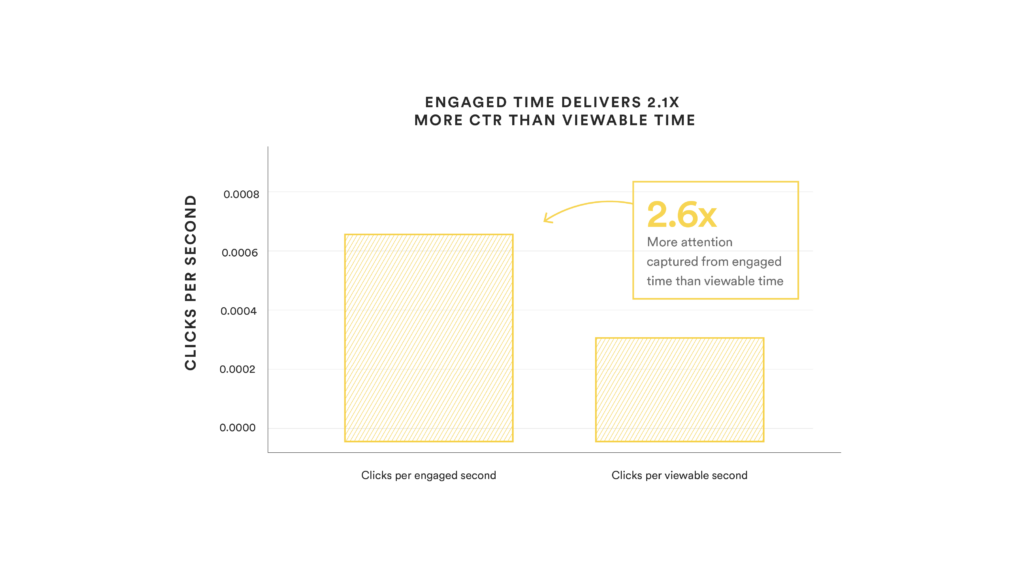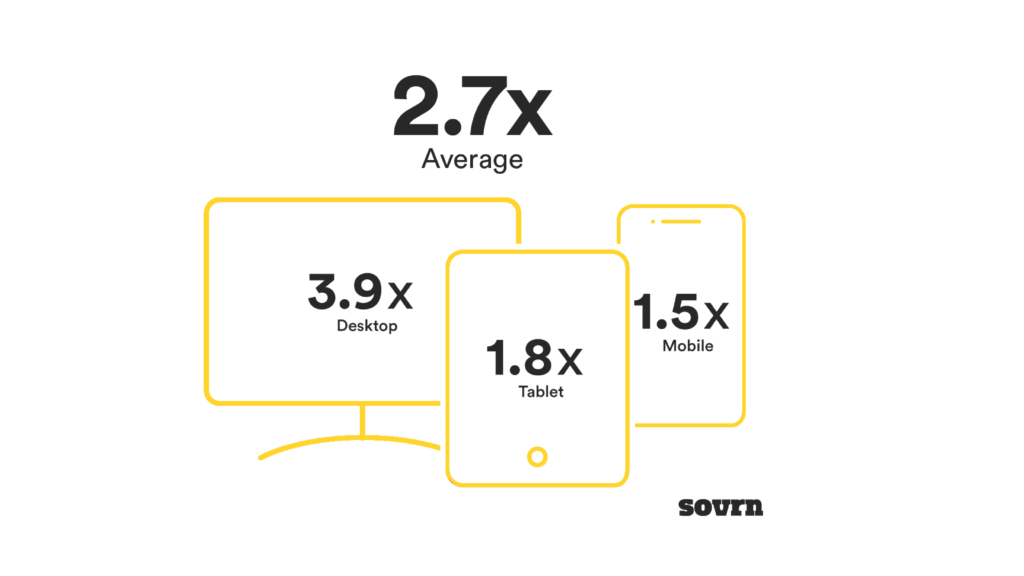This blog was originally published on Digital Context Next InContext.
Speculation about the future of digital advertising abounds, now that the end of third-party cookies is almost certain — whether that’s in 2024 or years down the road. Most predictions focus on the negative: how an inability to target ads will lead to a less personalized experience, more paywalls, diminishing ad value, and loss of revenue. In fact, the IAB’s most recent State of Data report suggests that advertisers could lose up to $10 billion in annual revenue.
However, there’s another side to the story. For publishers who recognize the opportunity, the coming loss of third-party cookies may provide a way to take control of ad rates and even increase ad revenue by capitalizing on one of their most valuable assets: audience attention.
Attention creates an opportunity in a cookieless future
In the current ad marketplace, ad buyers hold all the cards when it comes to ad pricing. But with the loss of third-party cookie IDs, advertisers will be forced to rethink how they execute ad targeting, optimization, and measurement. Without a universal way to identify and authenticate users across the web, ad buyers will become more reliant on publishers for audience data that ties back to useful performance metrics.
This represents a pivotal change in how advertising is bought and sold. Rather than simply selling ad space to the highest bidder, publishers will be uniquely positioned to identify highly desirable audience segments, broadcast audience data to ad buyers, and set appropriate prices on valuable ad properties. For those who can get out ahead of the coming changes, there is a real opportunity to shift the balance of power in the ad marketplace back to publishers.
Attention puts publishers in control
Smart publishers have long understood the importance of audience engagement. Engaged readers are more likely to become repeat visitors — and over time, repeat visitors who trust your content are more likely to generate revenue by clicking an ad or making a purchase through an affiliate link.
Ad buyers are beginning to embrace this connection, and there’s an increased willingness to pay premium rates for ads that reach relevant, engaged visitors. Advertisers even appear ready to move on from viewability — which fails to consider whether a reader interacts with or even notices an ad — as the standard metric for ad performance.
This trend toward attention was evident at the recent Cannes LIONS event where the “attention economy” was a key theme. Speakers there noted that buyers are looking for new, attention-focused metrics and technology to scale their campaigns, and advertisers show a clear preference for publishers who can demonstrate high levels of reader engagement through clear attention signals.
Capturing the signals of audience attention
To capitalize on this opportunity, publishers need a reliable way to capture, measure, and broadcast engagement data to ad buyers. But the fact is, there’s currently no universal definition for audience attention — much less a widely accepted methodology for measuring it.

As the IAB’s Elizabeth Lane stated in our recent ebook, Capturing the Signals: How Reader Attention Can Drive More Revenue, “Advertisers are excited about using attention to measure [ad] effectiveness, but they’re confused about all the different definitions being used in the market. The risk is that this confusion will lead to them not using attention as a metric and not taking advantage of the insights it can offer.”
The need for a scalable measure of attention is clear. Yet today’s ad marketplace isn’t set up to reward user attention. As a result, publishers often miss out on potential ad revenue because they struggle to identify, target, and broadcast valuable audience segments to ad buyers.
The power of engaged time
Engaged time combines viewability with 45 distinct on-page reader interactions — including clicks, scrolls, mouse movements, and more — to help publishers truly understand when visitors are paying attention to their content.

To analyze the correlation between engaged time and the current attention metric, viewability, Sovrn partnered with demand-side platform Avocet and attention technology company Lumen. Using Lumen’s eye tracking data and predictive modeling, the study identified that engaged time is a truer measure of a reader’s attention, capturing more than double the attention and three times greater CTR than viewability alone
Pay attention to attention
Change is coming, and players on both sides of the ad ecosystem will need to adjust. But change often brings opportunity for those who are prepared to embrace it. And just as the loss of one sense can heighten those that remain, the absence of third-party data may clear the way for new and innovative ways of evaluating audience segments, measuring ad performance, and driving ad revenue. Luckily, with the right tools and mindset, publishers have the power to use attention to identify and target their most desirable audience segments, and broadcast that value to buyers.

